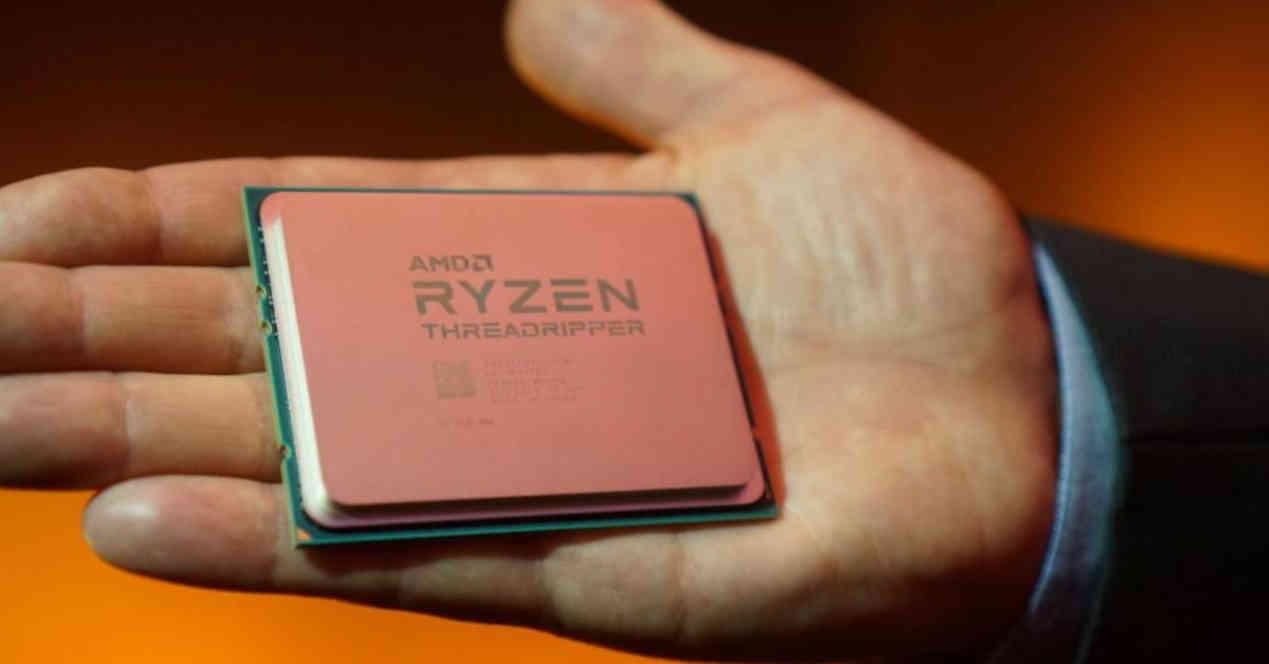After the launch of the various Ryzen 5000, based on Zen 3, from the SoC for laptops to the powerful processor for servers under the Milan name, it seemed that AMD had already completely completed its line of Zen 3 processors. one, which had not been updated since 2019, the Threadripper range, which will soon have an update based on the Zen 3 architecture under the name of Threadripper 5000.
While the EPYC range has been specifically designed for what we call Data Centers, the Threadripper range is aimed at “home” users where even the most powerful Ryzen is not suitable for their daily tasks. They are therefore AMD’s answer to the Intel Xeon used in high-end workstations.
Threadripper 5000 with Zen 3 cores
The code name for the Threadripper update to Zen 3 is “Chagall” and this new line could be presented the following August. An update that arrives much later than expected, especially considering that we are facing another AMD CPU based on Zen 3 chiplets, the same as those used by the Ryzen 5000 and AMD EPYC Milan.
We cannot forget that Zen 3 is 100% compatible with the various IO Die and sockets already available for Zen 2-based processors. This has allowed AMD to deploy the Zen 3 range in all possible ranges, so thanks to this , they were able to replace the various processors and SoCs based on Zen 2 with an equivalent using the most powerful Zen 3 core in record time. Which gave AMD acceleration across all ranges.
This is why the Threadripper introduced in August surprises us, especially since it will use the same socket as the previous Threadripper and most likely the same IO Die. Where the difference with EPYC is the fact that it supports 4 channels of DDR4 memory instead of 8 and the TRX40 socket.
Why wait so long?
The reality is that the TSMC wafers allocated to AMD are at their maximum capacity, because many processors of different types are manufactured for AMD under this node. On the one hand, we have that Zen 2 and Zen 3 based processors share a manufacturing node, so the elimination of production of Zen 2 based processors and SoCs should have already happened with the exception of SoCs. console.
In the case of the Ryzen 5000, Threadripper 5000 and EPYC Milan, the CCD chiplets where the Zen 3 cores are located are exactly the same between these processors. AMD must therefore decide on the family of processors with which these chips will end up. Thus, the CCD chips used to manufacture one of these processors are not used for the rest.
Technically for AMD, it would be possible to replace the CCD chips based on Zen 2 by those based on Zen 3 and transform the production of the Threadripper 3000 into the Threadripper 5000. Why not have done so before? It is obvious that AMD must first allocate an amount to the Ryzen 5000 desktop and to EPYC Milan.









